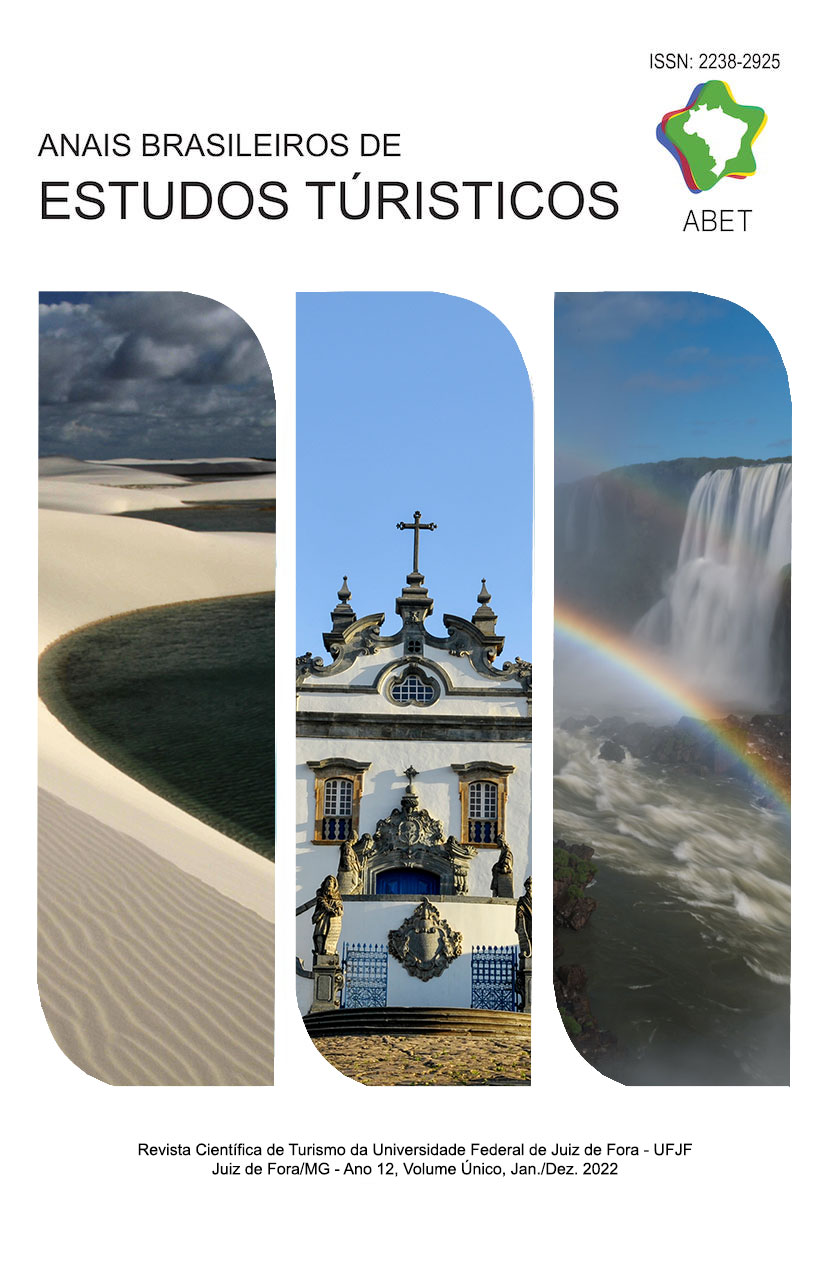Intangible Heritage and Tourism: Contemporary Discussions Between Brazil and Mexico
DOI:
https://doi.org/10.5281/zenodo.5826482Keywords:
intangible heritage tourism, Brazil, Mexico, soft powerAbstract
The Intangible Cultural Heritage of Humanity, in accordance with the Convention for the Safeguarding of the Intangible Cultural Heritage, adopted by UNESCO in 2003, includes the practices, representations, expressions, knowledge and techniques, together with the instruments, objects and cultural places that it they are associates, which communities, groups and, in some cases, individuals recognize as an integral part of their Cultural Heritage. One of the most visible vectors in the dissemination and protection of these cultural manifestations is tourism, which each year promotes new spaces to recognize their respective material heritage, but which, since the beginning of the century, has also directed its attention to expanding the practices. intangible heritage. In this text, we will make a brief comparison between the seventeen intangible heritage registered in the two most representative Latin American countries in terms of tourist visibility (Brazil and Mexico) and we will present how these countries have worked in the search for a broader understanding. of the bonuses and charges of the UNESCO seal, understanding the relationship between tourism and intangible heritage as a relevant soft power.
Downloads
Downloads
Published
How to Cite
Issue
Section
License
Copyright (c) 2022 Anais Brasileiros de Estudos Turísticos - ABET

This work is licensed under a Creative Commons Attribution 4.0 International License.
This journal provides immediate open access to its content, following the principle that providing free scientific knowledge to the public provides greater democratization of world knowledge.
Authors must agree to the following terms relating to copyrights:
(a) Authors keep all copyright and grant the to the journal the right of first publication, with the work simultaneously licensed under the Creative Commons Attribution License that allowing job sharing with recognition of authorship of the work and initial publication in this journal.
(b) Authors are allowed to assume additional contracts separately, for non-exclusive distribution of the version of the work published in this journal (e.g. publish in institutional repository or book chapter), with recognition of authorship and initial publication in this magazine.
(c) Authors are allowed and are encouraged to publish and distribute their work online (e.g. in institutional repositories or on your personal page) since they do not do this before or during the editorial process, as this can generate productive interchange, as well as increase the impact and citation of work aired. (See Effect of Free Access).















